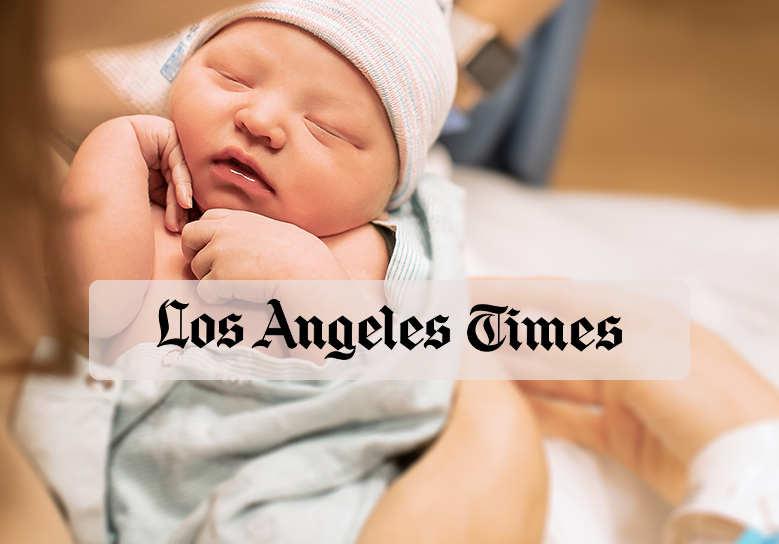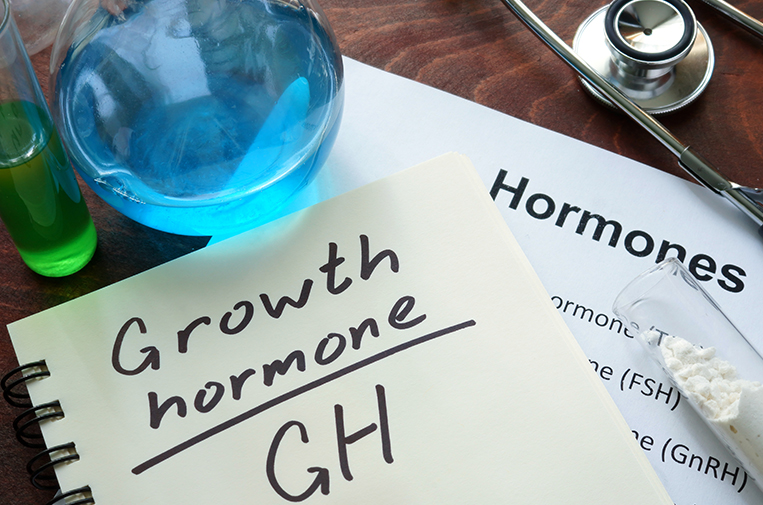The American Society for Reproductive Medicine (ASRM) describes “futile” medical treatment as a live birth rate from a single in vitro fertilization (IVF) cycle that is < 1 percent and a “very poor prognosis” as a live birth rate of 1-5 percent. Currently, most IVF practices, including ours at Reproductive Science Center, will discourage patients from pursuing IVF when their condition indicates the live birth rate would be < 5 percent.
The reason why we do this is that we feel the physical, emotional, and financial risks of the IVF process outweigh the benefits. Daily injections, high estrogen levels, and surgery are not without risks. However, many women still wish to try and want to know the hard facts about trying IVF when they are considered a “poor prognosis” patient. So here are the hard facts.
Dr. Norbert Gleicher, whose clinic allows patients to IVF even if that treatment may be futile, published data to help all clinics better counsel patients about their odds if they are considered “poor prognosis”.
Data on IVF for patients with poor prognosis
Their clinic used the Bologna criteria to determine poor prognosis. A woman must have two of the following three criteria:
- 40 years of age
- ≤ 3 oocytes
- AMH (anti Müllerian hormone) < 1.1 ng/mL
There were 768 patients who started cycles and 381 who were able to have an embryo transfer. This means 50 percent of patients had to stop treatment even before getting to egg retrieval.
- One-third of cycles had one embryo to transfer
- One-third of cycles had two embryos available for transfer
- One-third of cycles had three or more embryos available for transfer
- All embryo transfers were on day 3
If a patient was ≥ 43, there were no live births if only one embryo was available for transfer. If two embryos were available, there was a 2 percent live birth rate, and there was a 7 percent live birth rate if three or more embryos were transferred.
Since half of the patients did not make any embryos or get to egg retrieval, the real birth rates are half of what I described above.
Giving patients realistic odds
Therefore, it is important to counsel 40 + year-old women that their chances of success if they meet the Bologna criteria for poor responders are < 5 percent. Some women will still want to try to see if they can produce two to three embryos. Success is very dependent on the number of embryos available for transfer. However, repeated attempts at IVF if they have not made three or more embryos, may be futile.
While this information is not easy to hear, it is important to be able to give realistic odds to patients so that they can make the best use of their time and money and appropriately weigh the emotional impact of the IVF process.
Another option instead of the IVF process
While women aged 40 or older may not have such good chances for success with IVF, there is another option to consider: using an egg donor. The donor egg would be fertilized with partner or donor sperm through the IVF process and the resulting embryo implanted in the patient.
Many patients ask if using a surrogate will help their success rate. If a woman is healthy with a normal uterus, the benefit of a surrogate is not clear. It may be that patients in their mid-40s to 50s have higher success with both an egg donor and surrogate.
While this may seem like a more complex option, it could be one some women who are “poor prognosis” candidates for IVF wish to pursue because of the much higher likelihood for success. They can use our egg donor program to find a donor they like, and we can also help them find a surrogate.






